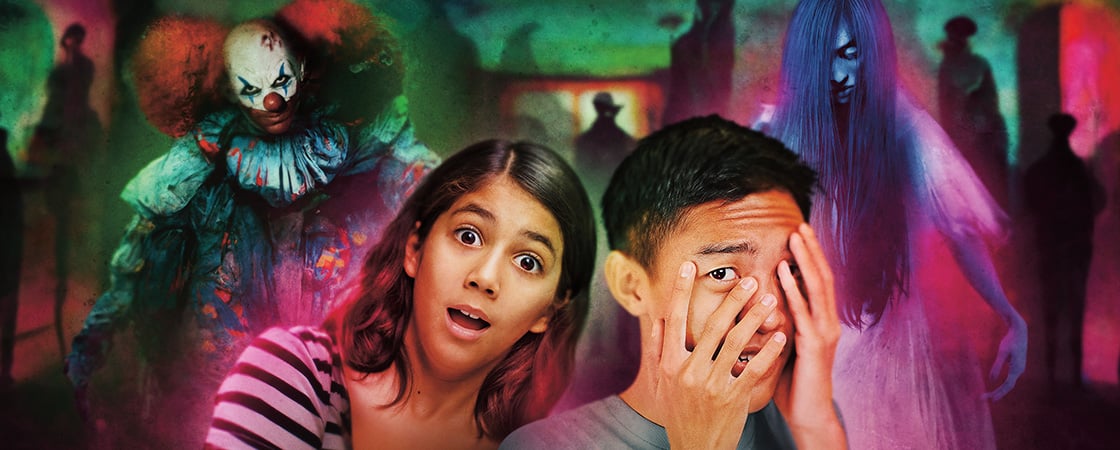It was a chilly October night in New York City as my friend and I approached the stone building. A host of horrifying figures surrounded the entrance: a bloody clown, a ghostly woman in a white gown, a masked man holding a chain saw.
Did we turn and run? We did not. This was a haunted house, and we were there with one goal: to be utterly and completely terrified.
My friend and I are far from the only people who enjoy being frightened. Each fall, hordes of Americans pay good money to visit haunted houses. Others watch horror movies or share bloodcurdling tales.
Yet fear is the body’s way of signaling that we’re in danger, and humans are generally wired to avoid frightening situations. So why do we sometimes seek them out?

